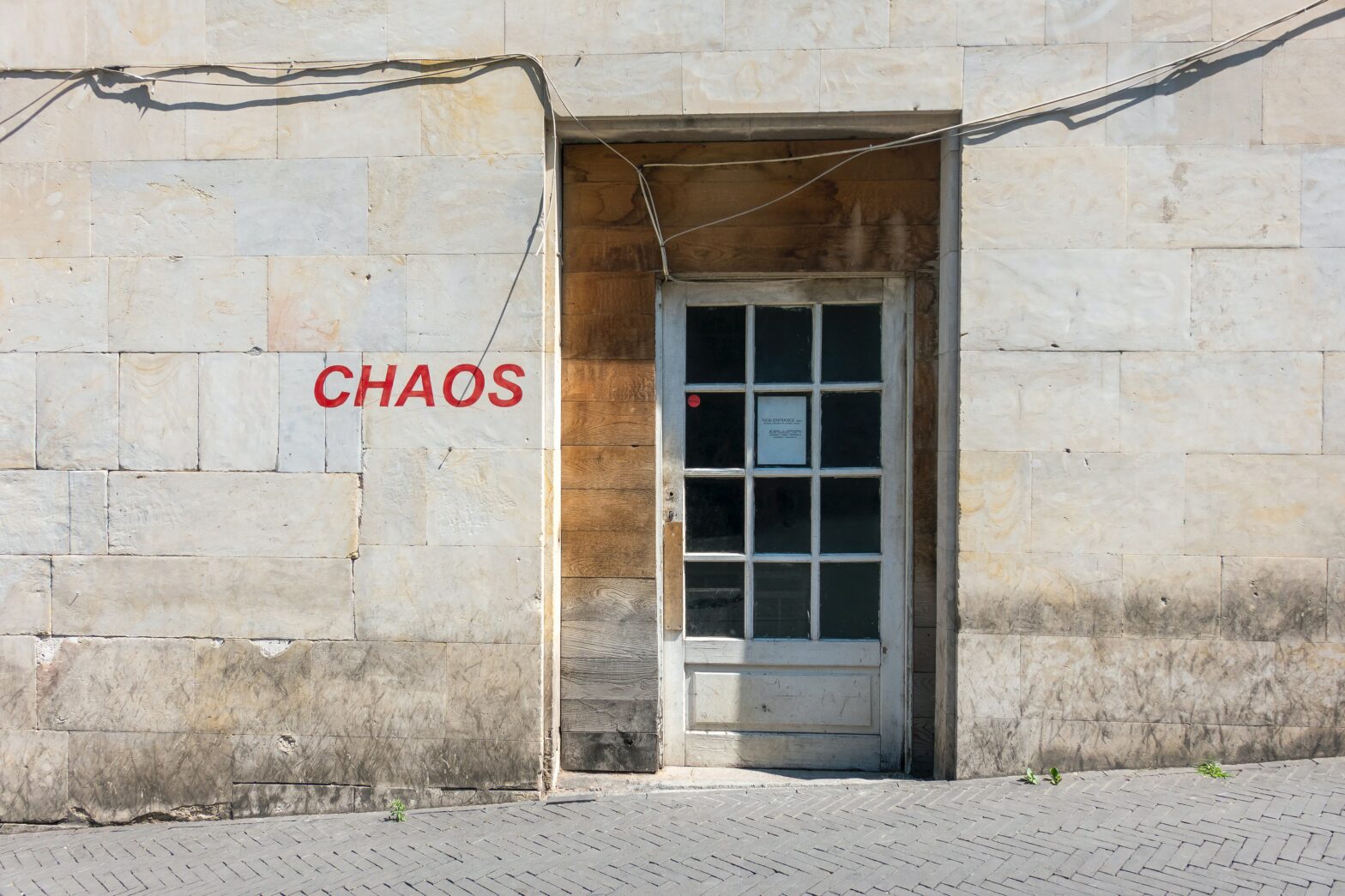A distinct characteristic of the tactical athlete is the ability to perform in extreme and unpredictable environments.
The job demands the ability to maintain speed and precision of execution under conditions of chaos.
One component vital for this capability is processing speed.
I think of required processing speed as the change in sensory stimulus divided by change in time.
Processing Speed = Δ sensory stimulus/ Δ time
Essentially this means the greater the amount of sensory chaos over a shorter period increases the demand on processing speed. If the same amount of sensory input was presented over a longer period, there would be less demand on the processing speed.
We can break down sensory stimulus into 4 components:
- Visual input
- Auditory input
- Vestibular input
- Somatosensory input
These are the four situational awareness systems.
Now the equation can look like this:
Processing speed = Δ (visual, auditory, vestibular, somatosensory inputs) / Δ time
Start with a Controlled Environment
Processing speed is important. In the tactical community a ½ second slower processing speed can be the difference between life and death.
To train to optimize this, we want to break down the specific components of sensory input to see where there is the greatest ability to improve.
Start with a controlled environment and perform the task. This sets the bar for what is possible for performance.
Then ask the question “What are the variables for each sensory system that will likely occur?”
For example. Will there be a busy environment with lots of visual input, or will this be executed in a low vision environment? What are the auditory factors? What is the terrain?
Systematically Add Variables of Chaos
Adding the different variables of chaos systematically can give insight to where the performance lags compared to the bar set in the controlled environment.
Does speed and precision change in more complex visual environments?
Do you slow down significantly when there is a greater amount of auditory stimulus?
How does your performance change when your head is on a swivel?
Can you keep your movement control on a complex terrain?
The Obstacle is the Way
Once you have identified the variables of chaos that have the greatest impact on your performance, you can target that “weakness” and make it your strength.
This ensures that your processing speed doesn’t slow you down. That your performance in the controlled environment and the extreme and unpredictable environments don’t significantly differ.
That’s how you own chaos.
